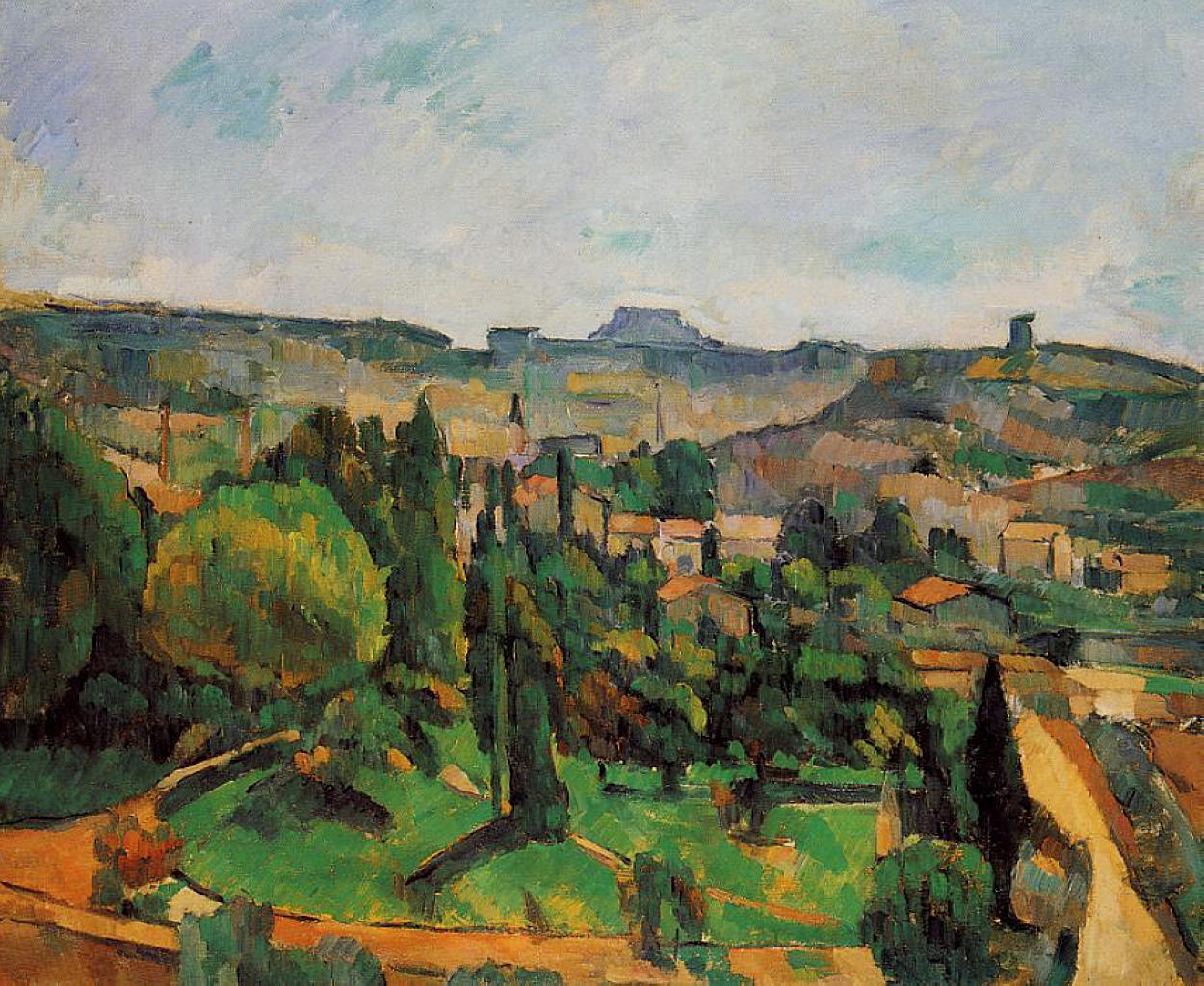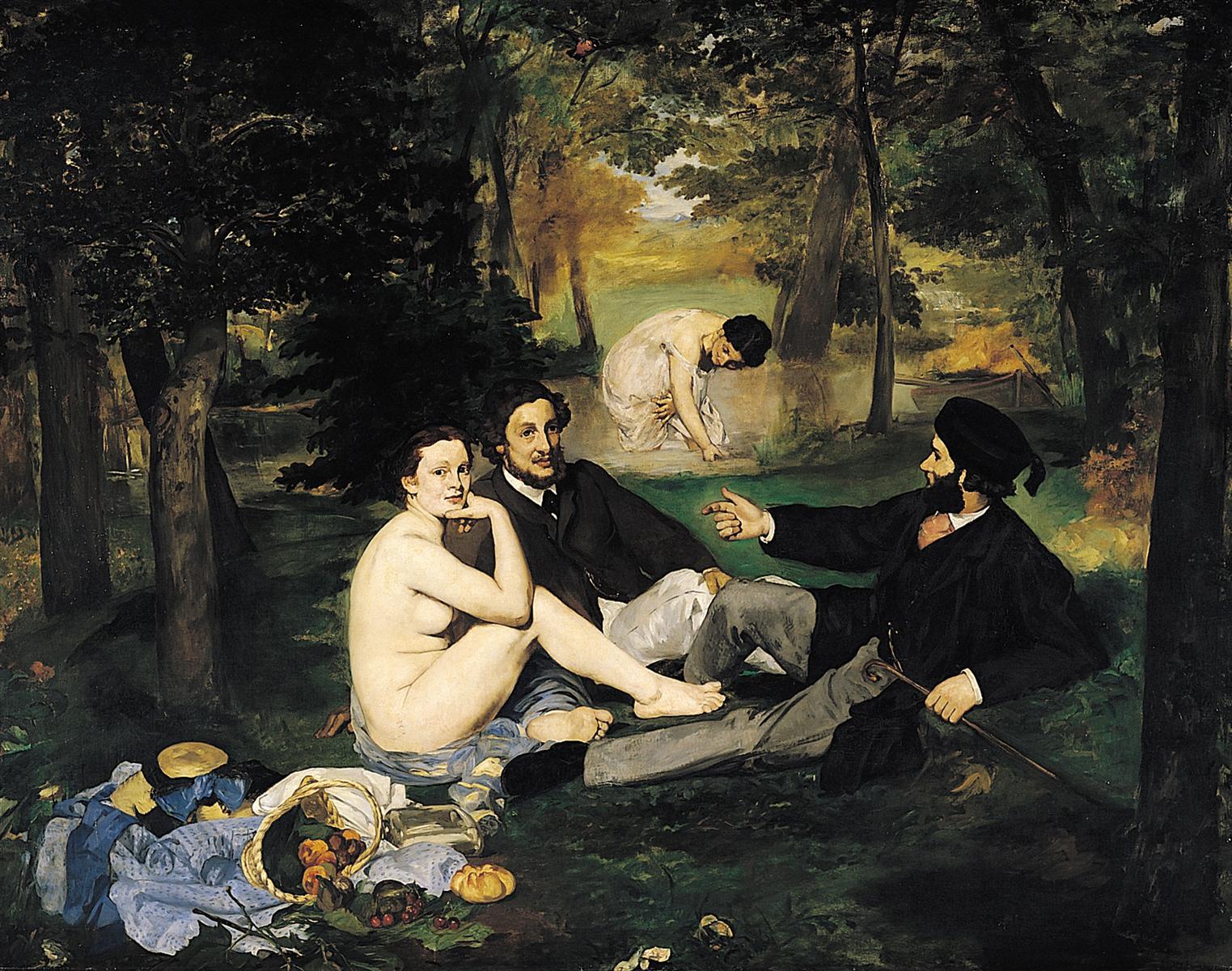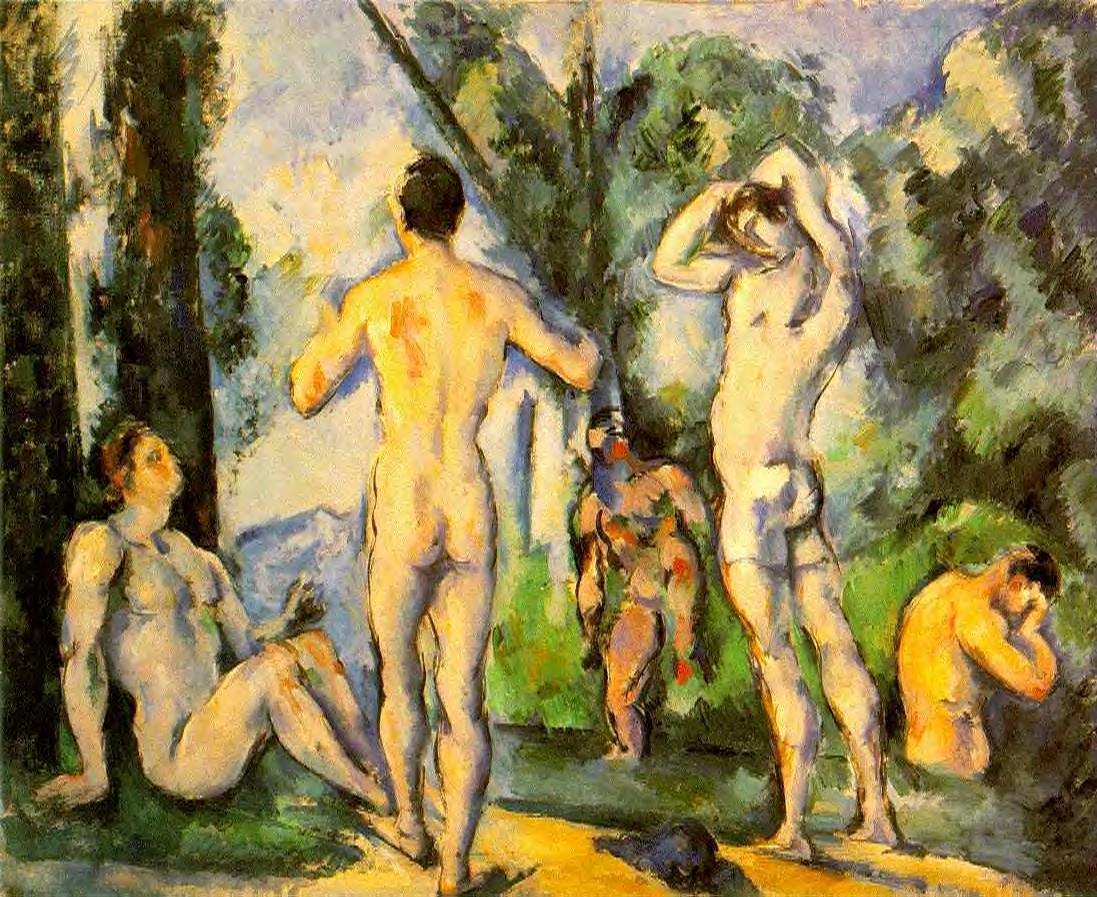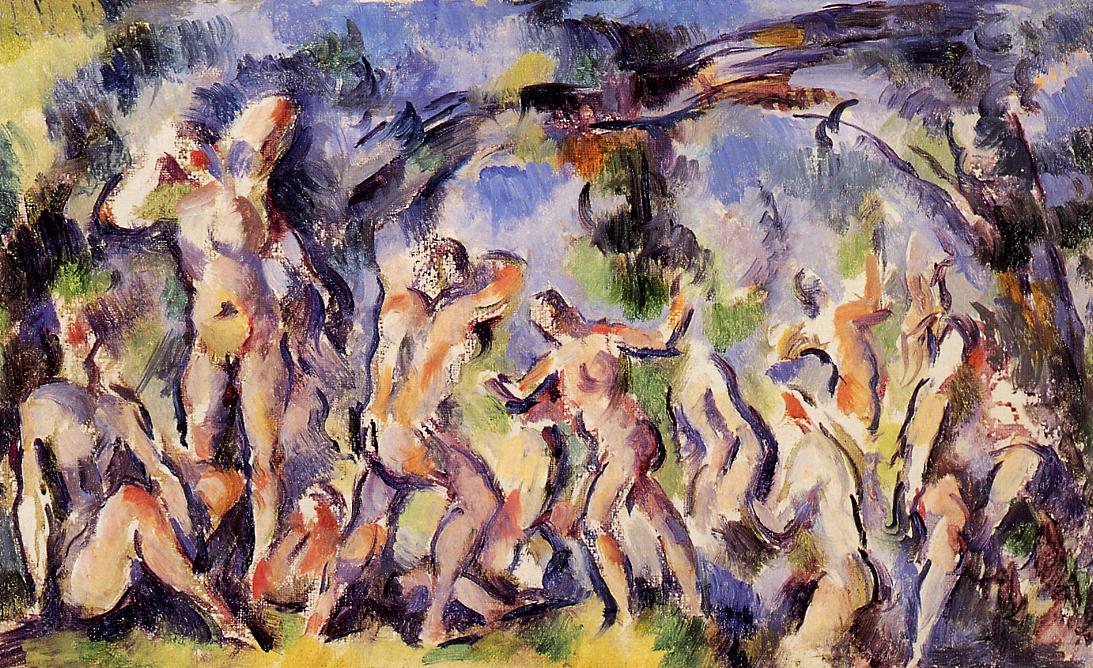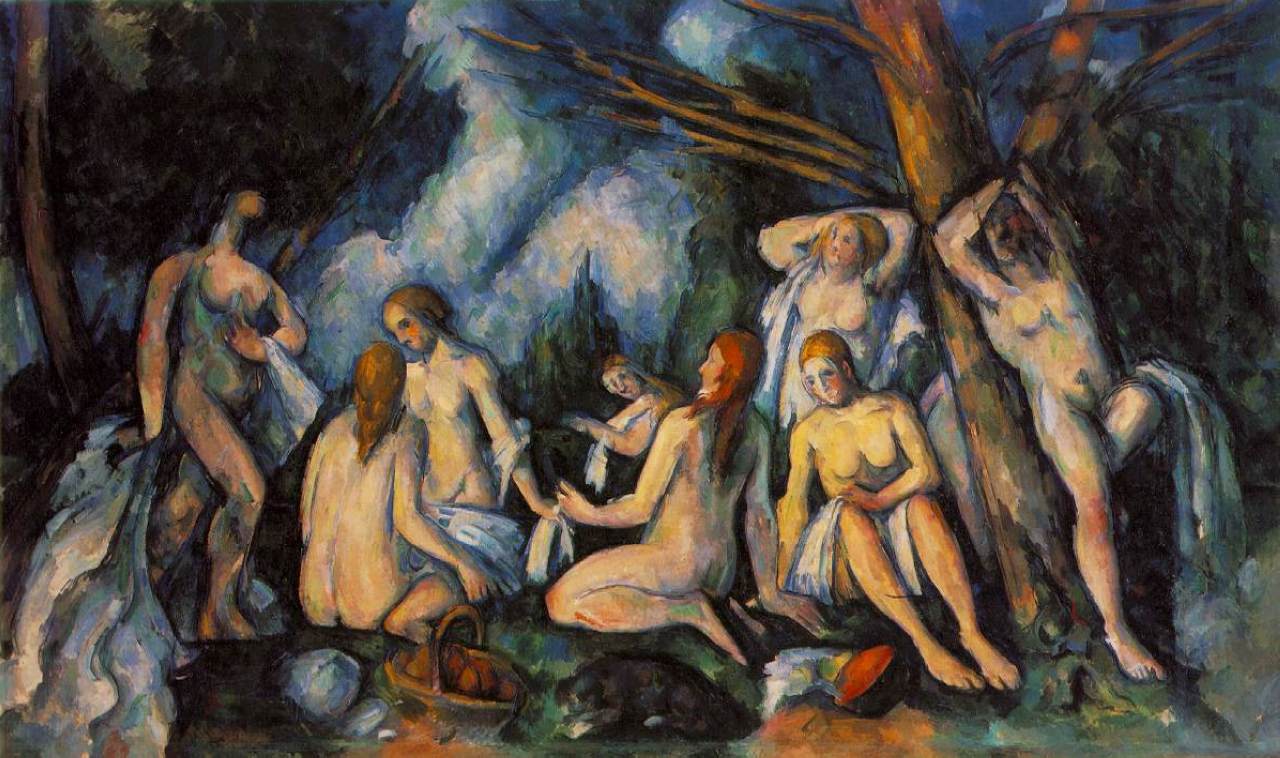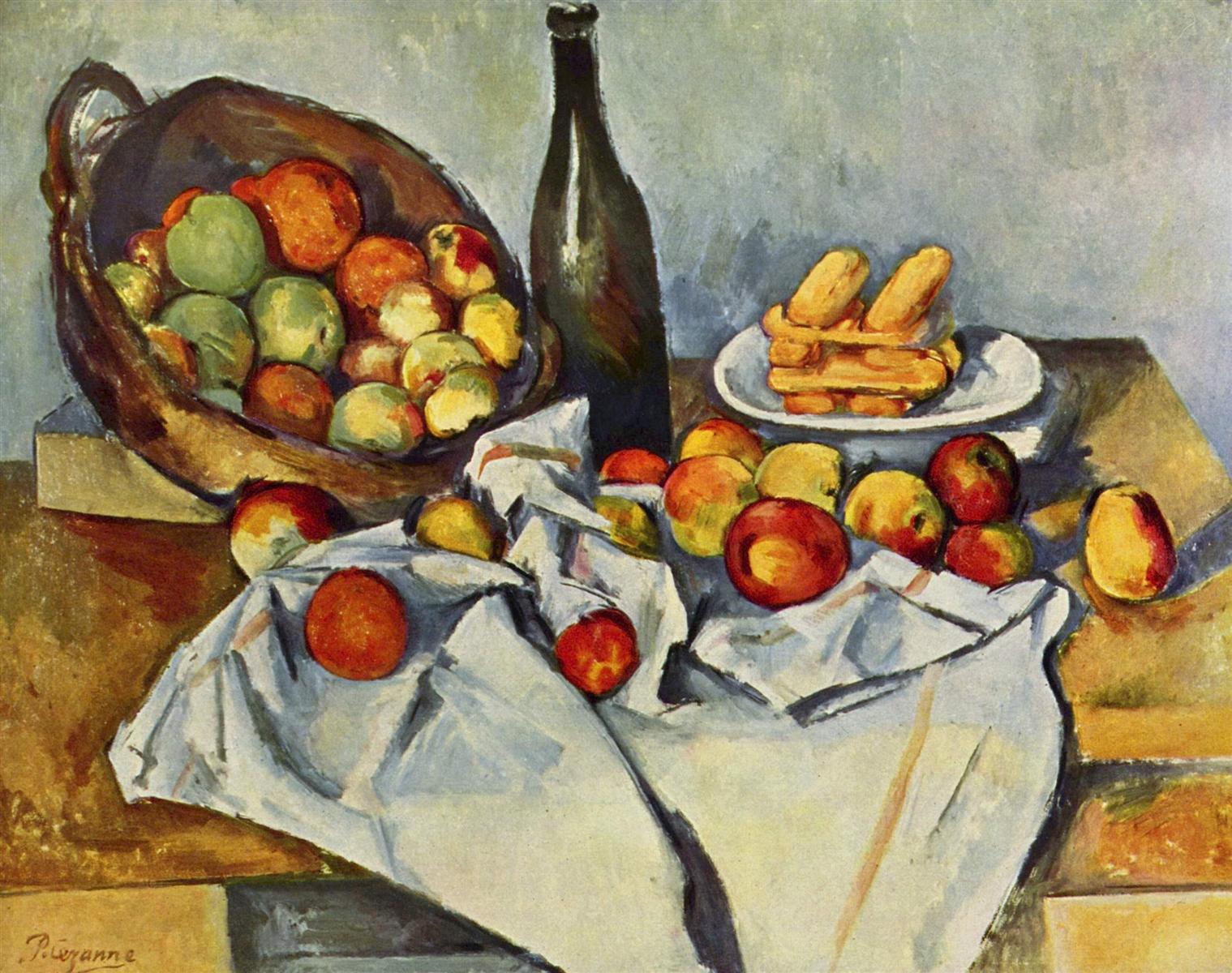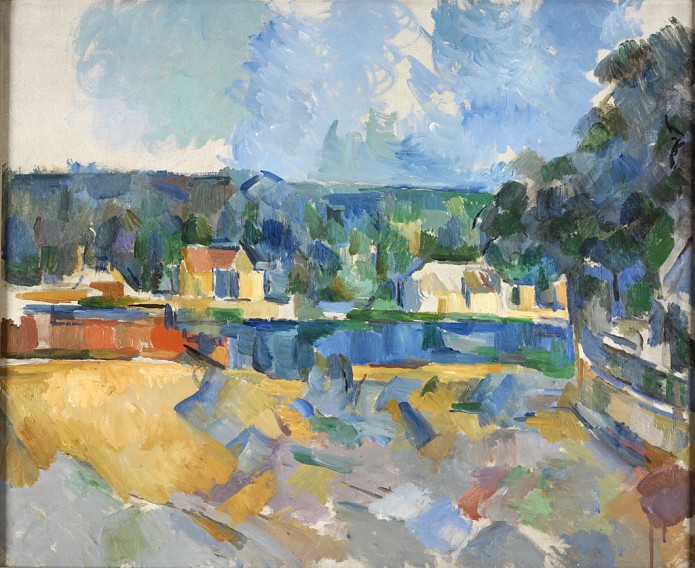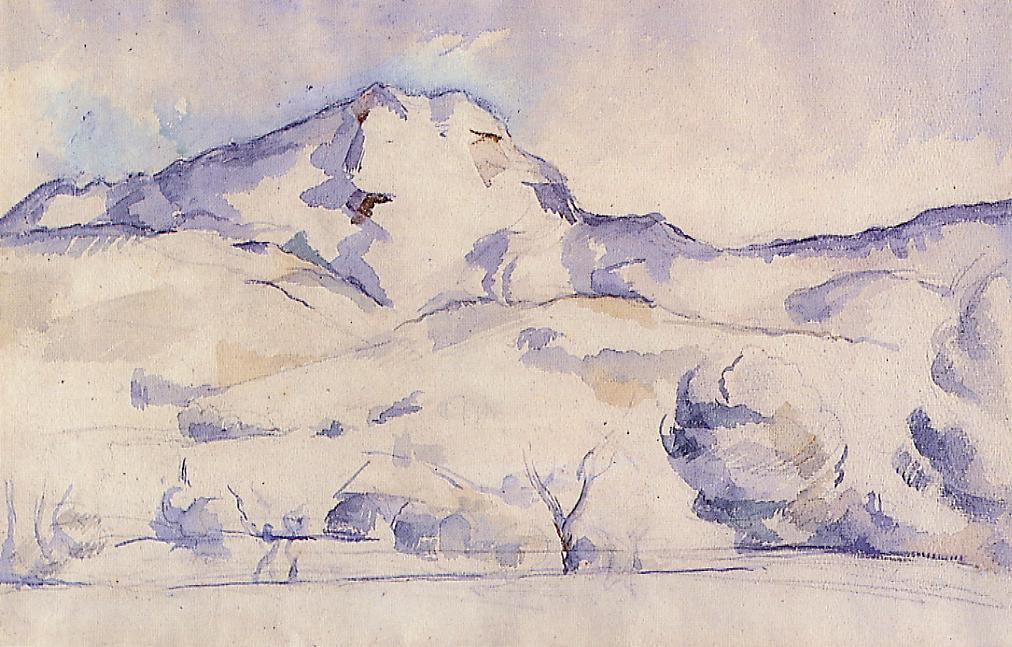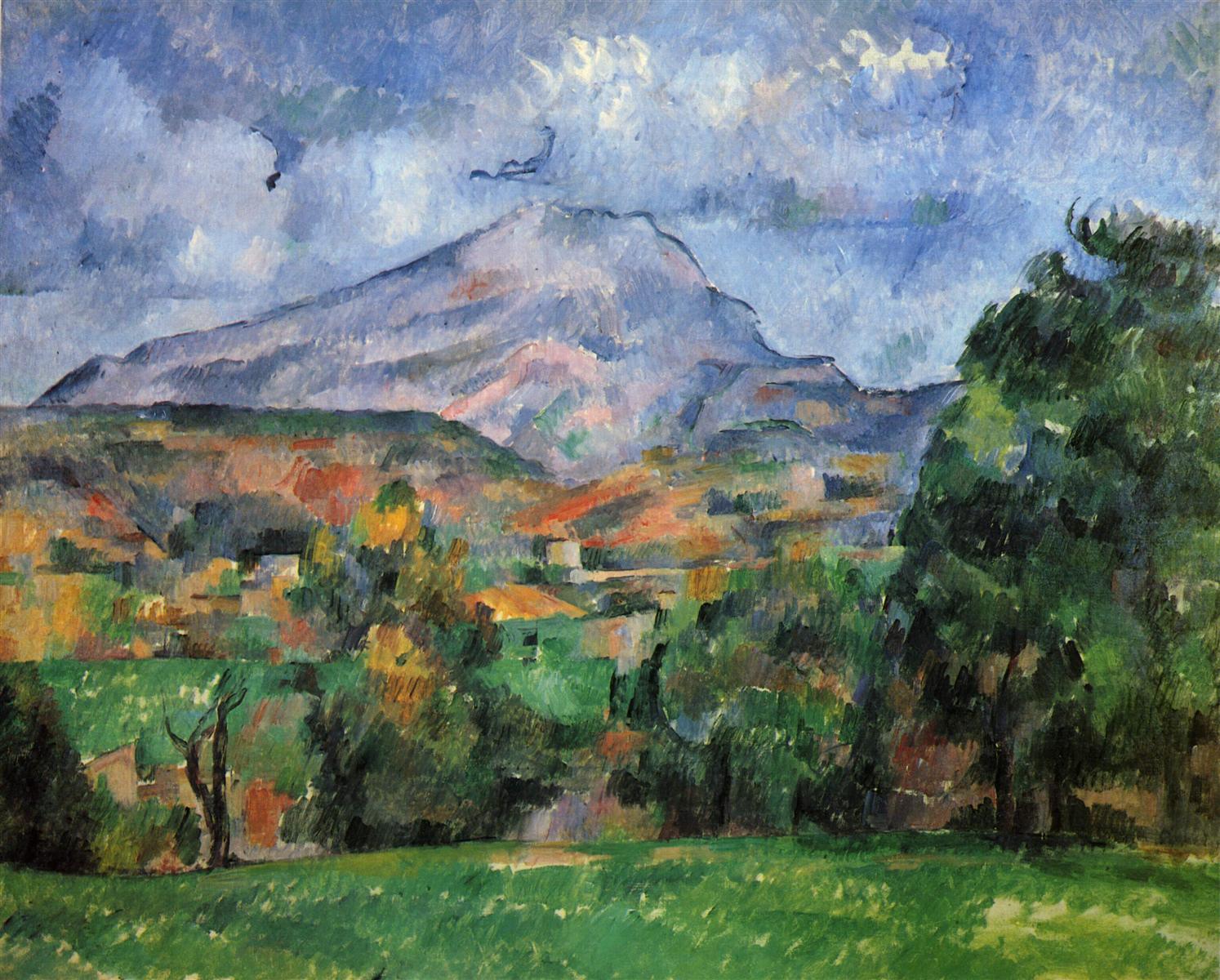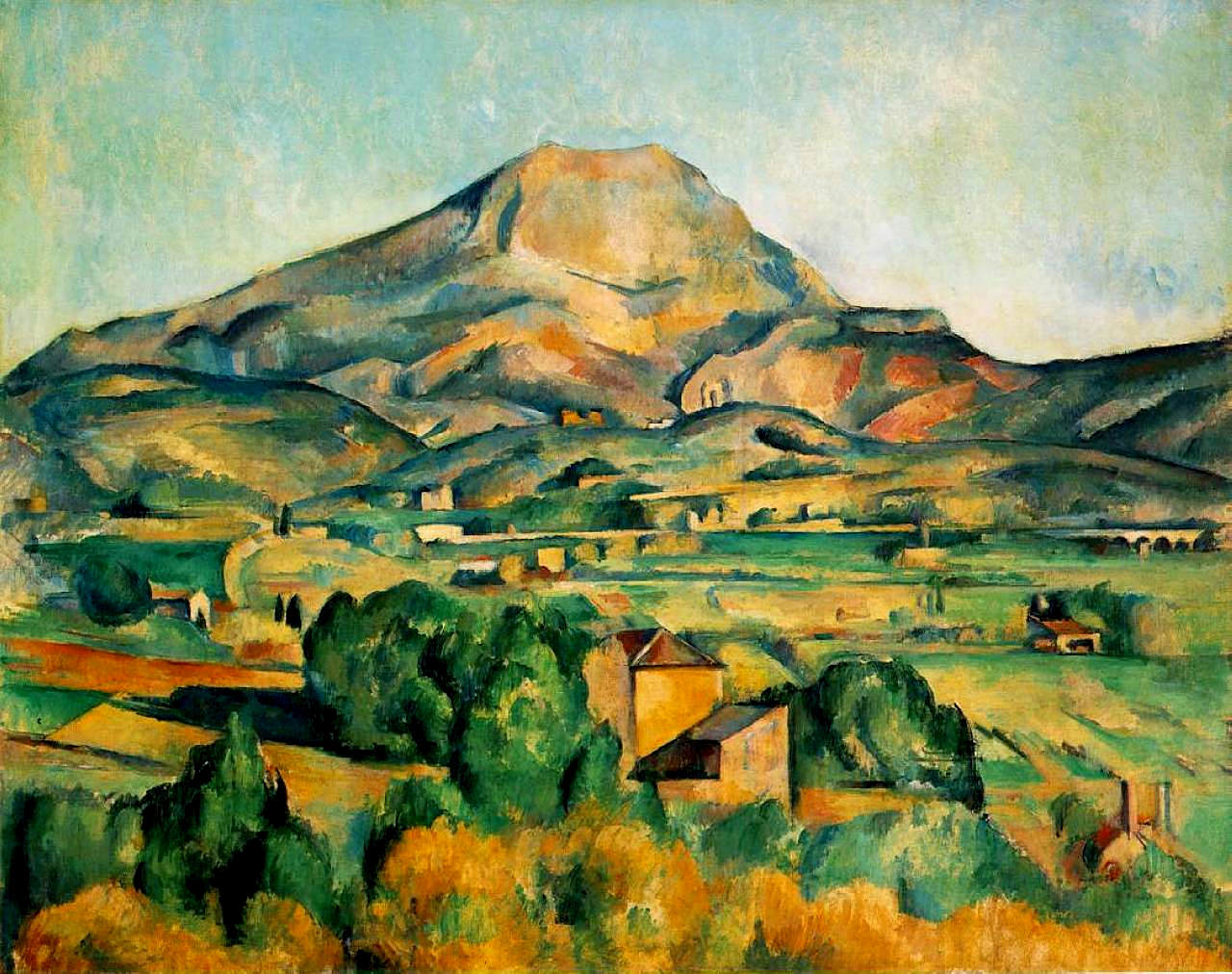A large fan-shaped poplar was leafing playfully in front of this completely supportless blue, in front of the unfinished, exaggerated designs of a vastness which the good Lord holds out before him without any knowledge of perspective.
Rainer Maria Rilke to Clara Rilke
OCTOBER 11, 1907
… it was wonderful to come to the quais today, spacious, wafting, cool. In the east behind Notre-Dame and Saint-Germain l‘Auxerrois all of the last, gray, half-discarded days had bunched together, and before me, over the Tuileries, toward the Arc de l’Étoile, lay something open, bright, weightless, as if this were a place leading all the way out of the world.
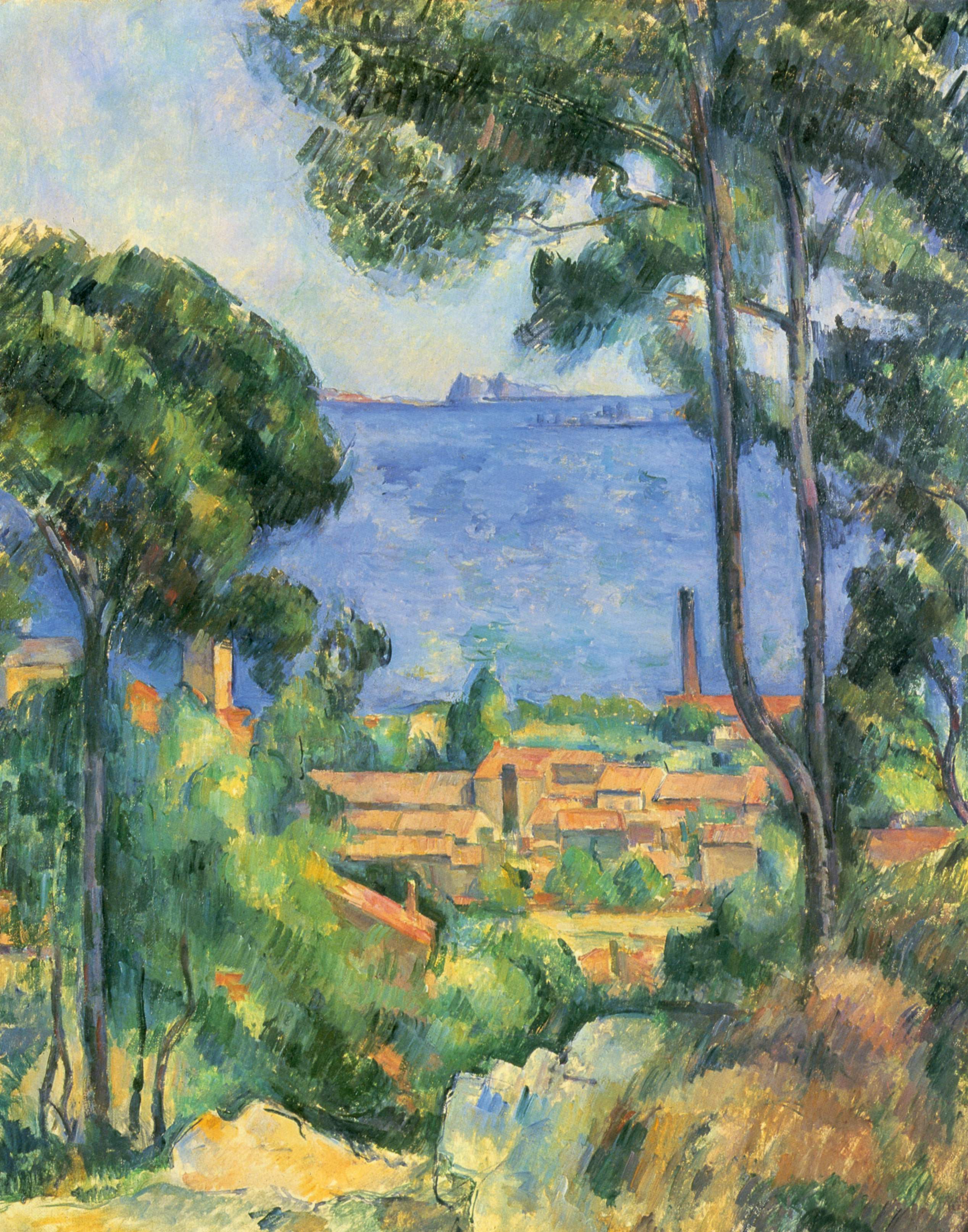
A large fan-shaped poplar was leafing playfully in front of this completely supportless blue, in front of the unfinished, exaggerated designs of a vastness which the good Lord holds out before him without any knowledge of perspective.
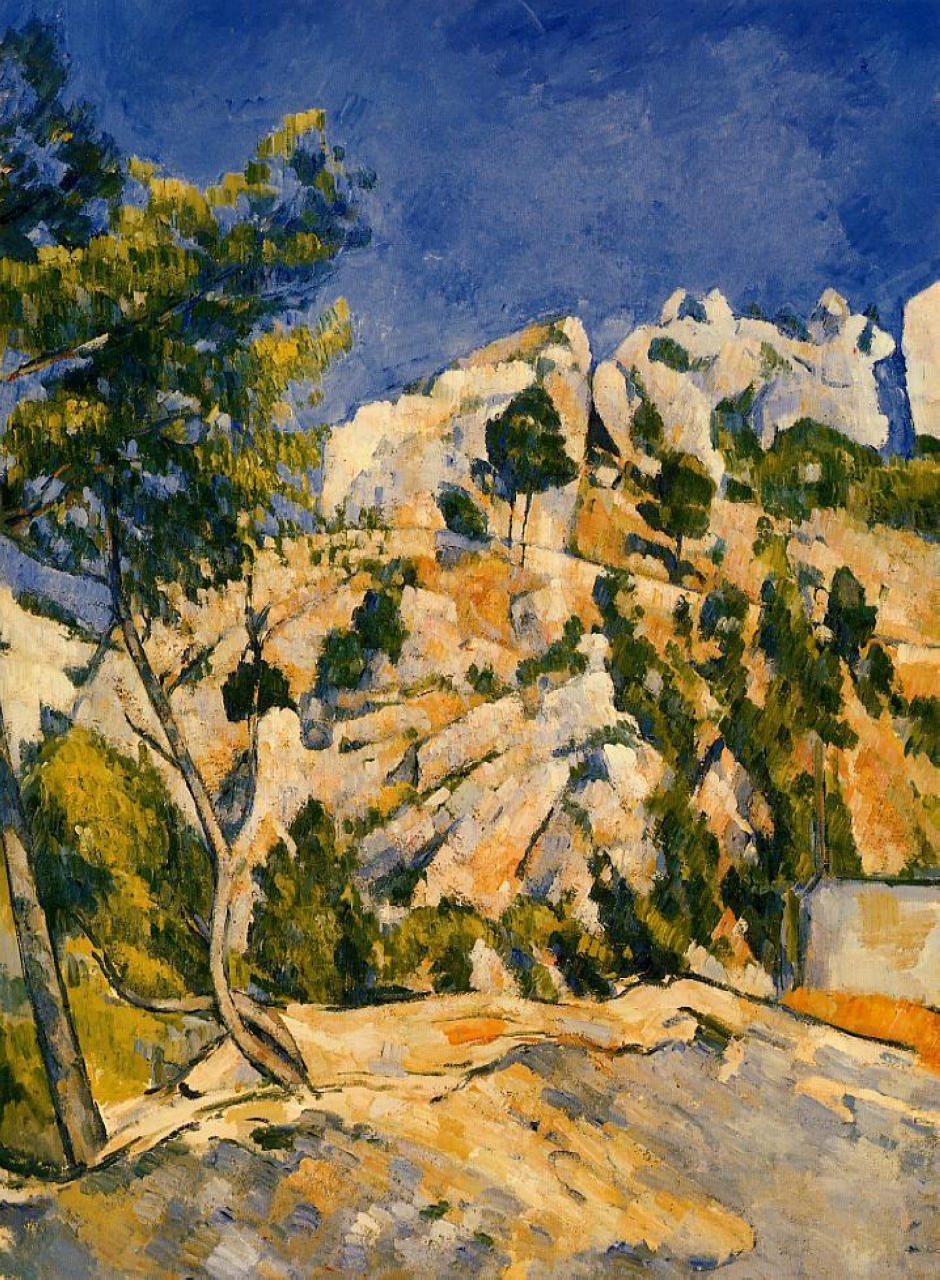
LANDSCAPE OF WORDS
No paintings are mentioned in this letter, but do you notice how Rilke’s own landscapes are changing in response to his encounter with paintings? I have included some to share with you my own perception of this change…
SEEING PRACTICE: SKY
What is the sky? A blue horizontal plane above us? Or a backdrop, a vertical plane against which we see whatever it is we see, without any knowledge of perspective? How do you think about the sky? How do you see it?
